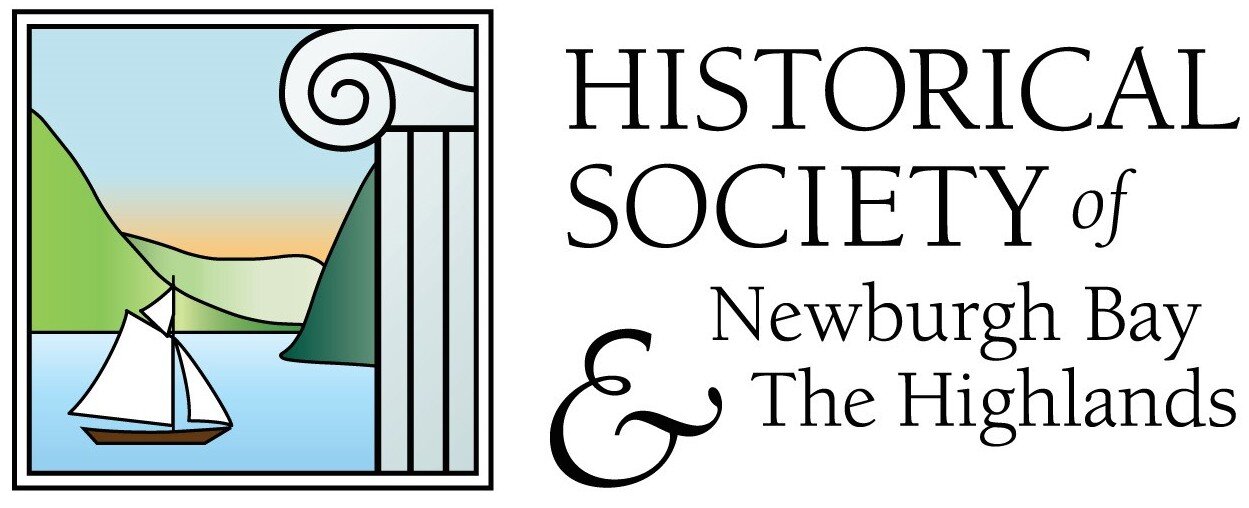Connecting Highways for Newburgh Prosperity
Delays are expected on parts of Interstate Route 84 this week as connecting ramps for Exit 5A are completed that will funnel traffic directly in and out of Stewart Airport. Drivers on both Route 84 and the New York State Thruway will soon be able to reach the airport for flights or freight services without traveling our local roads. Stewart Avenue (Route 747) was recently opened giving drivers a way to cross between Route 207 and Route 17K, a trip that used to require a miles-long loop east or west of the airport property.
Stewart Airport is developing as our new marketplace. Not only is it a place for passenger arrivals and departures but it is increasingly a freighting hub as well. Once our original travel route, the Hudson River, served that purpose, offering boats and barges and ferries to carry residents, visitors and goods to their destinations. Then the canals and railroads and eventually interstate highways took their place. In between was the era of turnpikes and that era transformed Newburgh from a little port settlement to an economic power.
The Newburgh-Cochecton Turnpike toll house circa 1900.
It began with the Cochecton Turnpike (today’s Route 17K) that opened western markets for the little port of Newburgh. Cochecton is a town in Sullivan County along the Delaware River. It was the seasonal “hunting home” of the Munsee Indians who populated our side of the Hudson Valley before white settlers came. At Cochecton, a Munsee word (K’schiechton) meaning “a place where land is washed by water” was a spot where the Delaware River washed its shoreline into a little valley with good river landings and abundant natural resources. Having a road to connect The Hudson to the Delaware meant having a way to trade with the western territories at the turn of the 19th century. Before Newburgh was settled in 1709, farming towns had developed inland and along the Wallkill River that runs from New Jersey north through Orange and Ulster Counties. These farm products needed broader markets and the Hudson River and its established sailing routes to New York City and Albany was the best destination. If Newburgh could build a road to connect its harbor to the farms and mills of the other counties it would prosper. So a group of Newburgh businessmen led by Hugh Walsh, Levi Dodge, William Seymour and Jacob Powell and others formed a corporation to build a road through the old Hardenberg Patent lands bought for this purpose by John DeWitt of Dutchess County. Togther, in 1801, they invested capital and hired engineers and laborers to lay out sixty miles of road through land that was mostly wilderness. It ran up hill and down dale and was a great accomplishment for its time. It included sections of log corduroy road through marshy places and stone road through upland slopes prone to erosion. Bridges were built to cross many creeks.
Development of the Newburgh and Cochecton Turnpike worked by creating, as the owners planned, ‘the shortest and most expeditious route from the Hudson River to the western countries.” Wharves and warehouses sprung up along Newburgh’s riverfront. A Bank of Newburgh was established within a decade. A customs house was needed for the growing interstate and international trade that was developed. City leaders named the route through Newburgh “Western Avenue” to connote its opening of opportunity. Indeed, the turnpike carried thousands of settlers from New England to the western United States, many loading their covered wagons onto the old Newburgh ferry and crossing over the Hudson, then Western Avenue and the Cochecton Turnpike to head for Buffalo and the Ohio River valley. James Brown, the notable diarist from Fishkill, chronicled their crossing in his journal. Imagine living in Newburgh in 1820 and seeing Massachusetts, New Hampshire and Connecticut families buying supplies along Water Street and rumbling up Western Avenue in wagon trains.
As they reached our town (we weren’t a city until 1865) borders, they paid a toll since turnpikes, like today’s state roads, needed to collect money for maintenance. A chain was retracted by a member of the family who occupied the toll house when the fare was paid. The old Newburgh and Cochecton Turnpike toll booth stood on land later developed as the Lily of France lingerie plant, known to some Newburghers alive today. The illustration here shows gatekeeper Abraham Rose in the vest standing at his toll house with his father-in-law Mr. Miller.
Newburgh’s 19th century historian, Edward Ruttenber, decried the Newburgh Common Council for changing the road’s name to Broadway believing it erased the important reference to the street’s original purpose in favor of a common name chosen in imitation of other towns. Indeed, 20th century references to Newburgh’s landscape talk about our wide main street without understanding the richer past of its purpose as a pioneer route.

